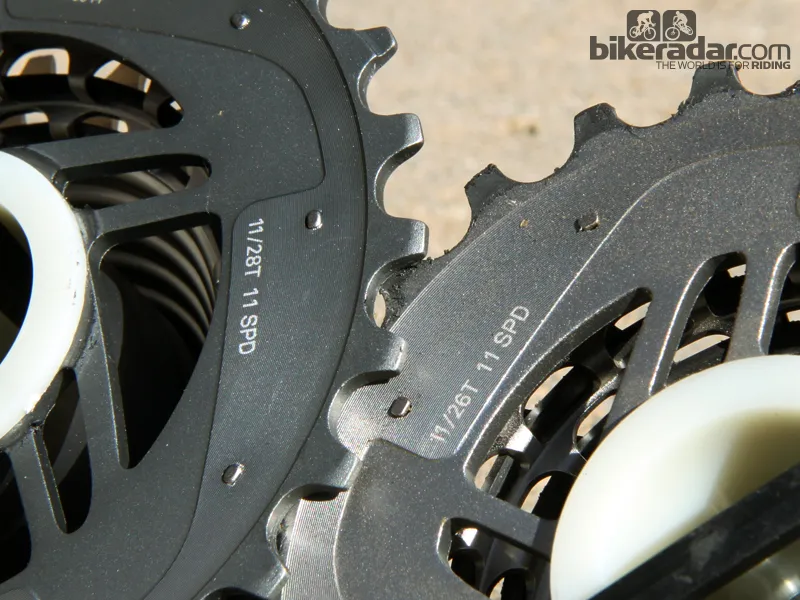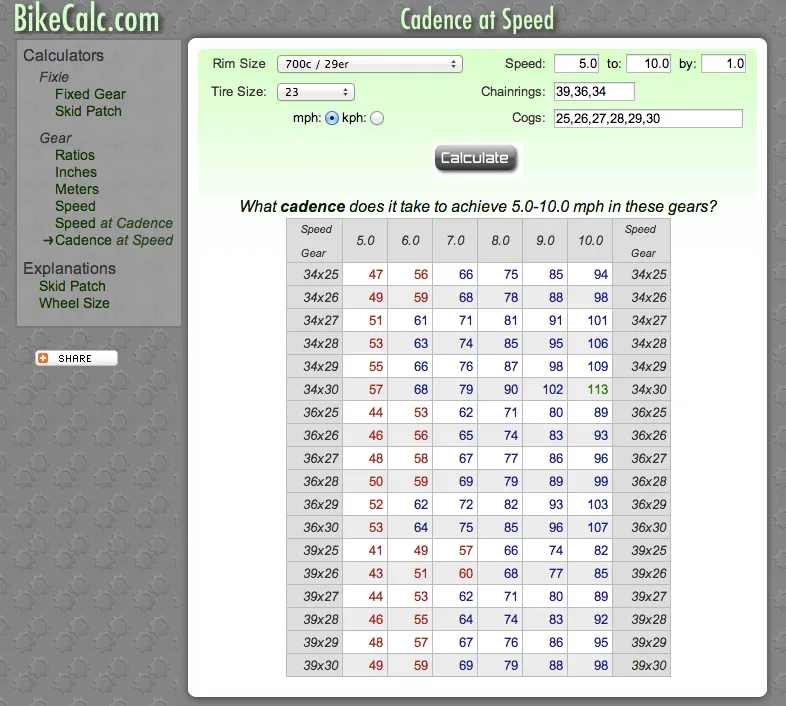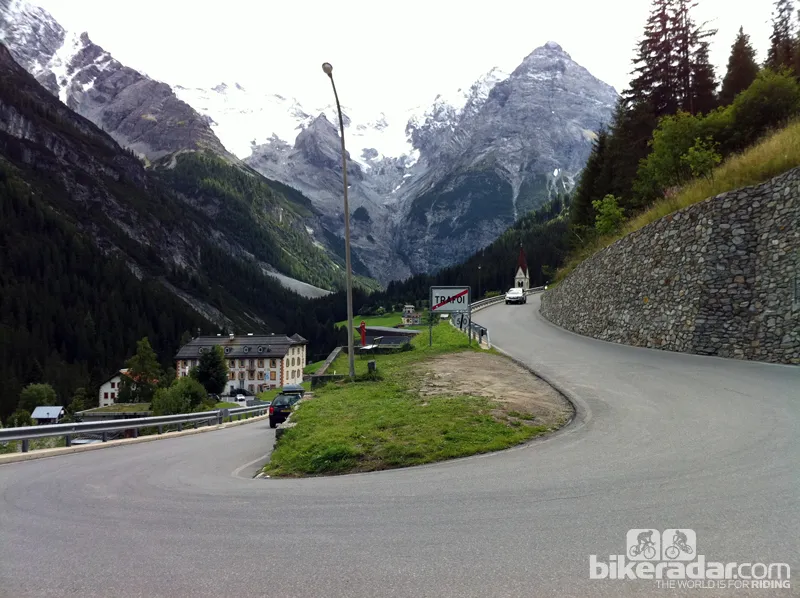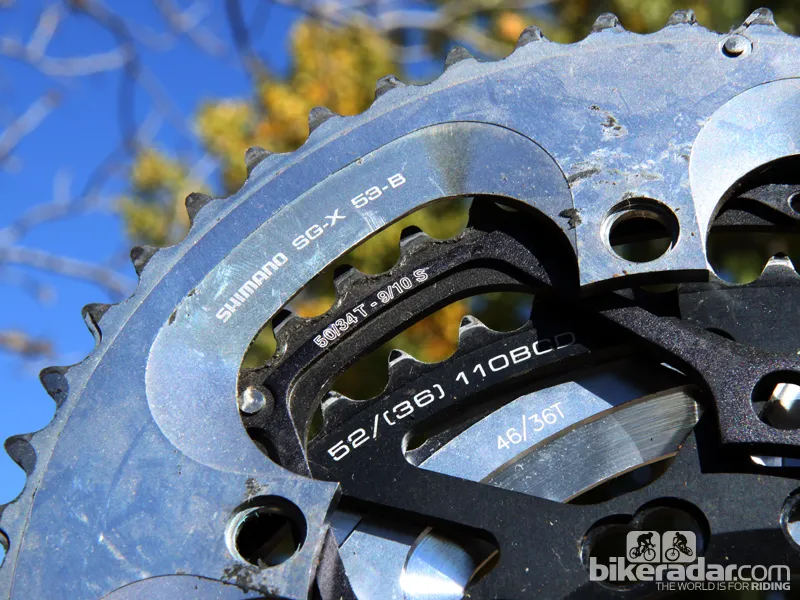Road riders are conditioned early on that they should pedal at around 90-110rpm for optimum efficiency – spin to win, or something like that. Yet as much as people follow that guideline religiously on flatter ground, many riders are all too accepting of laboriously grinding up steep climbs at far slower cadences simply because they've run out of gears. Stop needlessly suffering on the climbs. The fix is easy.
Think about the last time you tackled a long, tough pitch. Were you fluidly dancing on the pedals or grunting away in an endless set of one-legged squats like you'd been banished to CrossFit hell? You may have convinced yourself that muscling up inclines is the best way to go but it's already been proven otherwise.
"At a given power output, reducing the torque load by increasing the cadence can result in a higher power output," said Allen Lim, physiologist and co-owner of Skratch Labs. "The constraint that we have physiologically is that if we push too hard we cut off blood flow to the legs."
"There is an optimum torque for a given individual, much like there's an optimal torque range in a car," he continued. "Generally speaking, there is good research that shows that as power output goes up, the most efficient cadence for that power also goes up. Someone doing 600 watts is going to be able to sustain that power better at 130+rpm, for example, while a lower power output of 200 watts may have an optimum of 70 to 80 rpm."
Obviously, one way to increase your cadence is to improve your fitness so you can put out more power but there are realistic limits there. Plus, many recreational cyclists are simply out to enjoy a nice pedal in the countryside without undue suffering. Thankfully, there are easy modifications you can make to your gearing to ease the pain.

Cassettes are available in a wide range of sizes. Be realistic about your climbing abilities and then adjust your gearing accordingly
Say, for example, that your current bike's easiest gear is a 39x25T and the best you can muster on your favorite local climb is about 8mph. At that speed, you're turning over a relatively arduous 66rpm (thanks, BikeCalc.com!).
However, swapping to a cassette with a 28T cog (most standard road rear derailleurs can handle that) will boost your cadence to a slightly more comfortable 74rpm while switching to a compact crank with a 34T inner ring will yield 75rpm. Do both and you're really cooking with gas at 85rpm - right in the sweet spot.
Related: What is a compact crank?

Consider using an online calculator to analyze your gearing needs
Keep in mind, too, that an increase in cadence might mean a decrease in perceived effort. In other words, you're now either climbing at the same speed as before with less effort or going faster without any real increased exertion.
Even better, those equipment modifications don't have to be terribly involved or expensive. Most modern rear derailleurs can handle up to a 27T or 28T cog, so changing a cassette would only require an adjustment and perhaps a new chain. Similarly, going with a compact crank would entail just a front derailleur adjustment in most cases and maybe taking out one or two chain links.
In some situations, you might need a whole new front derailleur, but even then, we're not talking massive chests of gold here. A dramatic decrease in gear ratios via a triple crankset, on the other hand, is an entirely different story but modern two-by options has made those exceedingly rare – at least on the road.
Speaking of which, keep in mind that the concept of adjusting your gearing isn't restricted to road riding. Though the specific choices may vary, the same rules apply to mountain bikes and cyclocross.
One shouldn't be swayed by fashion when making these decisions, either. Whereas once running a straight block and giant chainrings was an overt sign of machismo, modern-day racers are well versed in the scientific realities of what it takes to climb more efficiently. Even world-class competitors at the Tour de France and Giro d'Italia are resorting to much smaller gears than just a few years ago.
Lim certainly has no doubt in his own mind of the advantages of going smaller.
"Almost always, running a lower gear on a climb will result in a faster speed," he said. "At high threshold power outputs, if you're not holding at least 80-90rpm you're not going as fast as you could be."

